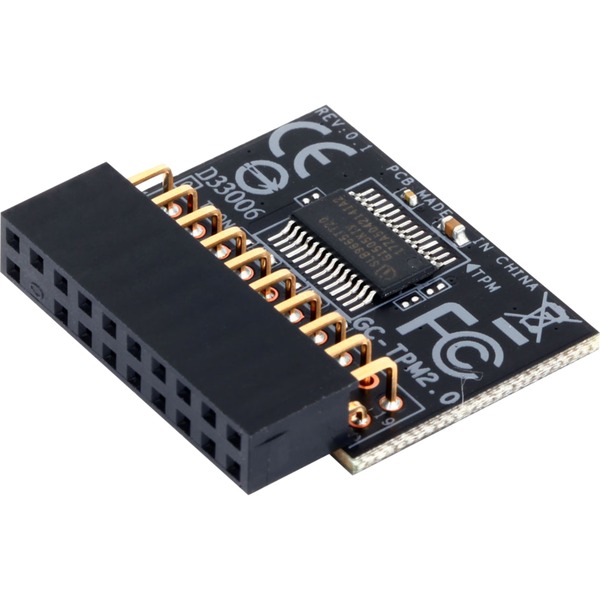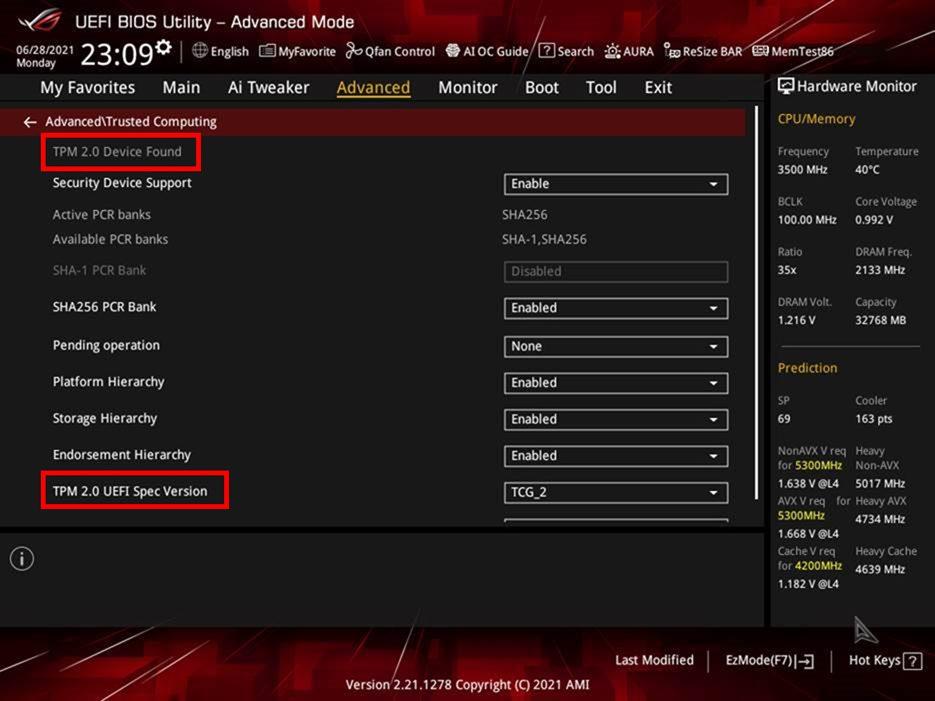
BitLocker mainly uses it for the system disk, since the TPM can provide passwordless unlocking while still resisting external attacks (i.e. The TPM is a tamper-resistant "secure element" used to hold cryptographic keys (including smartcard certificates and BitLocker credentials). "fTPM" is a type of TPM that's implemented in system firmware instead of using a dedicated chip. This indicates that an active executive worker thread is being terminated. The ACTIVE_EX_WORKER_THREAD_TERMINATION bug check has a value of 0x000000E9. Your windows will launch with anti-malware disabled only for this session.įrom Microsoft concerning your BSOD Error 0XE9:īug Check 0圎9: ACTIVE_EX_WORKER_THREAD_TERMINATION



In the advanced option click Command Prompt. To start W8/8.01 and 10 in Repair Mode, see steps here. To repair boot record, we will repair the files required by Windows to boot, which includes the file winload.efi. Windows 8 and later versions have this feature enabled by default. It can stop your system from accessing the winload.efi file causing this error to appear. If you have a UEFI based computer instead of the old traditional BIOS, then the issue can be caused by a certain setting in UEFI called Secure Boot. Just don't download their "Recommended" software which is a scam. This Tech site gives some good troubleshooting tips to fix Winload.efi BSOD errors: FIX: Steps to Fix Winload.EFI Error.


 0 kommentar(er)
0 kommentar(er)
